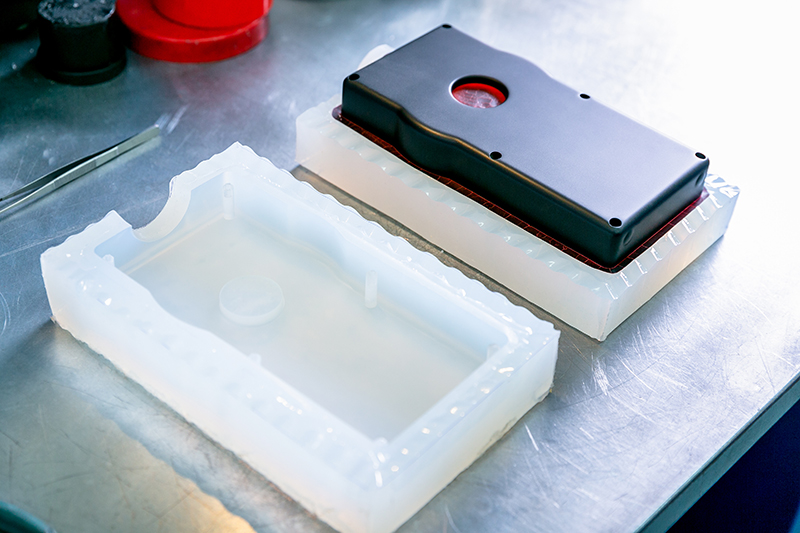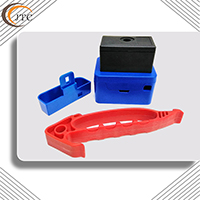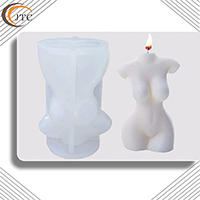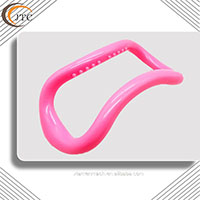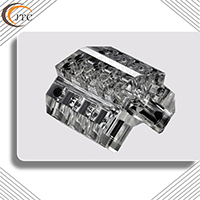Why Make Silicone Molds?
Silicone is a strong choice for mold-making because it offers such a diverse array of benefits. You can easily create custom designs using silicone molding. The molds themselves are also quite durable, so you can use them repeatedly without fear of breakage. Silicone’s inorganic makeup—compared to rubber, its organic counterpart—makes it highly resilient to heat and cold, chemical exposure, and even fungus. Some of the benefits of silicone molds include the following:
Flexibility
Silicone’s flexibility makes it easy to work with. Silicone molds are pliable and lightweight compared to stiffer substances like plastic and they’re also easier to remove once a part is fully formed. Thanks to silicone’s high level of flexibility, both the mold and the fabricated part are less likely to break or chip. You can use custom silicone molds to shape everything from complex engineering components to holiday-themed ice cubes or confections.
Stability
Silicone withstands temperatures from -65° to 400° degrees Celsius. Additionally, it can have an elongation of 700%, depending on the formulation. Highly stable under a broad range of conditions, you can put silicone molds in the oven, freeze them, and stretch them during removal.
Durability
In most cases, you’ll get many runs out of a silicone mold. However, it’s important to note that the life span of molds can vary greatly. The more frequently you cast, and the more complex or detailed your design, the faster your mold might degrade. To maximize the life of your silicone molds, clean them with mild soap and water, dry them thoroughly, and store them flat without stacking.
Limitations
While there are a lot of benefits to working with silicone, there are also a few limitations to be aware of:
-
Silicone costs more than latex and organic rubbers. A quick comparison on Amazon shows a gallon of silicone regularly topping $100—almost twice as much as latex.
-
Though it’s flexible, silicone can tear if stretched too far.
-
Not all silicone is formulated equally. Always purchase silicone and any manufacturing materials from a reputable supplier.
Common Applications for Silicone Molds
Hobbyists and professionals alike rely on silicone molds because of their versatility and ease of use. Here are a few examples of industries and applications that make silicone molds to produce their products:
Prototyping
Silicone molding is used in prototyping and product development production across a wide range of industries. Because the cost for silicone molds is substantially lower than hard tooling for traditional manufacturing processes like injection molding, casting in silicone molds is ideal for prototyping product designs as well as creating beta units for testing the market and consumer response to a new product. While 3D printing is better suited for creating one-off parts quickly, silicone molding and urethane casting can be ideal for smaller runs of parts.
Jewelry
Jewelers use custom silicone molds to duplicate hand-carved or 3D printed patterns in wax, allowing them to phase out the time-consuming labor of creating wax-carved patterns for each new piece, but still continue to cast from wax. This offers a major leap in serial production, making it possible for investment casting to work at scale. Because silicone molds capture a fine level of detail, jewelers can produce pieces with ornate details and intricate geometries.
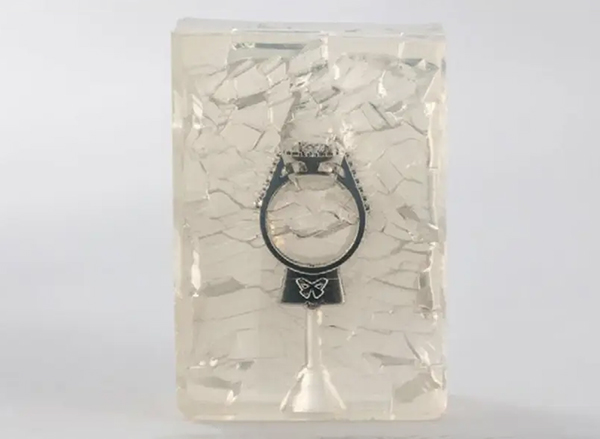
Consumer Goods
Creators use silicone molds to make many custom crafts such as soaps and candles. Even manufacturers of school supplies often use silicone molds to form items such as chalk and erasers.
For example, Tinta Crayons, a small Australia-based company, uses silicone molding to manufacture crayons with playful shapes and high surface detail.

Food and Beverage
Food-grade silicone molds are used to form all sorts of whimsical confections, including chocolates, ice pops, and lollipops. Since silicone can handle heat up to 400° degrees Celsius, molds can be used in cooking, too. Small baked goods such as muffins and cupcakes rise nicely in silicone molds.
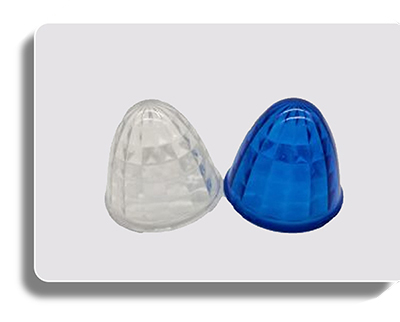
DIY Projects
Independent artists and DIYers often use silicone molding to craft unique creations. You can use silicone molds to form or replicate everything from bath bombs to dog treats—the possibilities are nearly endless. A fun silicone molding project for kids is to create a lifecast of their hand. Just make sure you choose a skin-safe silicone.
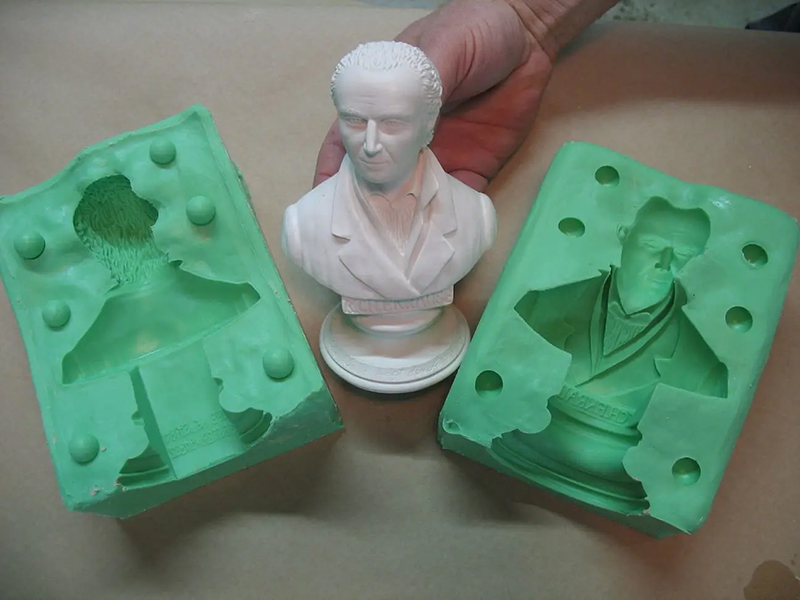
Hot-prototyping Product
|
Silicone Shell Mould |
Wax Scents Silicone Mold |
Irregular Shape Part |
Precision Acrylic Fitting |


